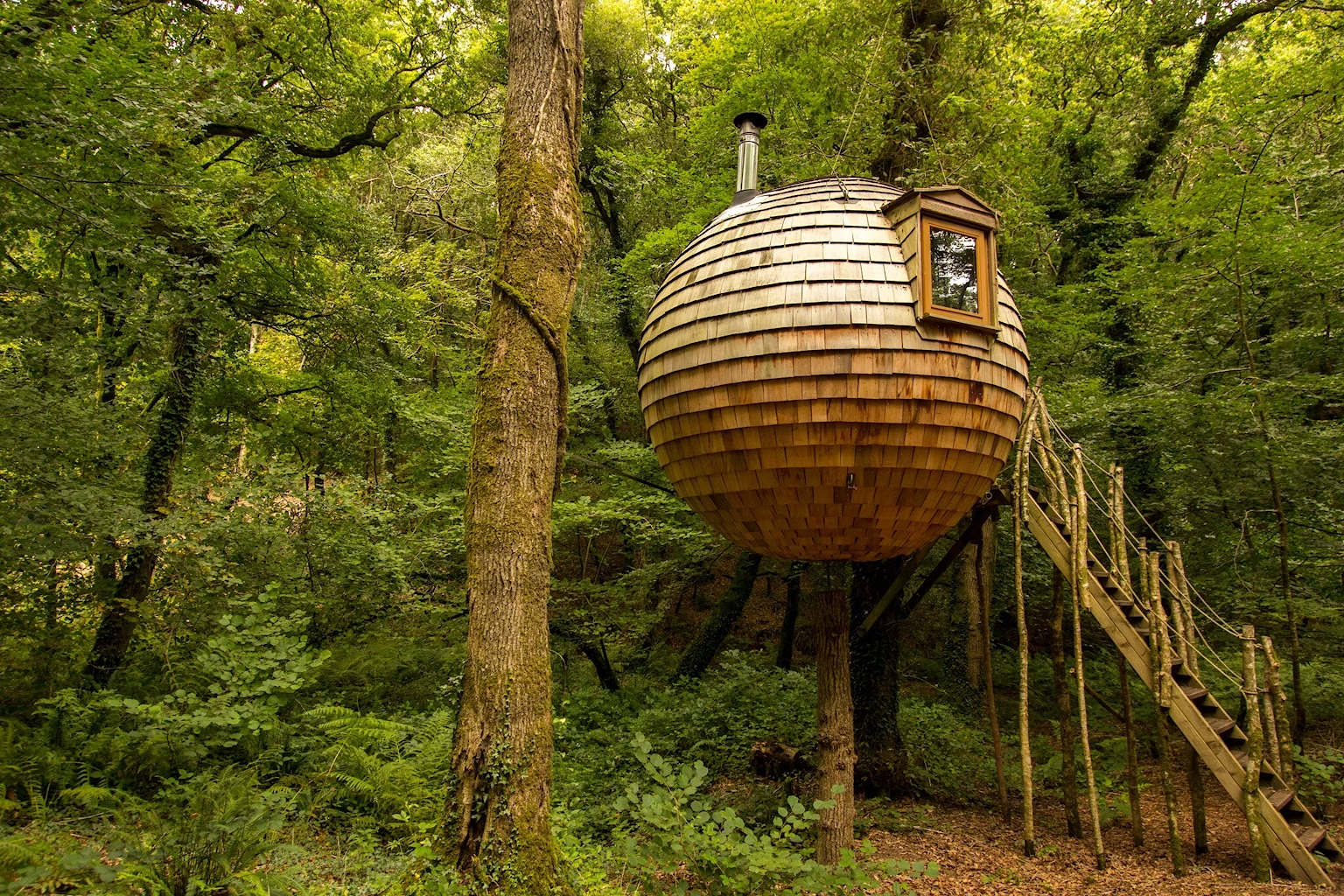Nature-Based Economies

By putting nature at the heart of a green recovery, we can drive locally-led economic regeneration in a way that is good for nature, climate and people.
What’s the issue?
One of the greatest challenges of the 21st century is to sustain human wellbeing without destroying our natural environment. We need to create prosperity today without compromising the prosperity of future generations. For powerful social and environmental reasons, we need to catalyse a transition from extractive to regenerative economies. Rewilding Britain believes that we can do so by putting nature at the heart of a green economic recovery.
Although a lot of talk and effort has been focused on using clean energy and manufacturing to bring jobs to our industrial heartlands in pursuit of a green recovery, rural and coastal communities are in danger of being left out. By nurturing place-based jobs and promoting small and medium enterprises built on regenerative principles, we can ensure that these communities benefit from wider green investment.

Read our report on rewilding and the rural economy
Download pdf
Our future is wild
By donating today you’re creating a wilder tomorrow.
What’s Rewilding Britain’s solution?
We believe that a new and thriving ecosystem of employment can be built around the restoration and rewilding of nature. We propose the creation of localised Nature-Based Economies across 30% of Britain by 2030. We would like to see each Nature-Based Economy supporting a diversified, resilient and just economic transition alongside the large-scale restoration and rewilding of nature.
Nature-Based Economies should incorporate:
- Core rewilding areas (at least 5% of Britain) which focus on restoring and reinstating as wide a range of natural processes, habitats and missing species as possible to form mosaics of native forest, peatlands, heaths, species-rich grasslands, wetlands, saltmarshes, kelp beds, seagrass and living reefs. There should be minimal or no human impact or extraction of resources.
- Regenerative areas (at least 25% of Britain) which support a diverse range of land and marine uses and enterprises, generating value for the local economy while allowing nature to flourish, e.g. continuous cover forestry, nature-based tourism, recreational fishing, regenerative aquaculture and high-nature value/wild meats.
What does a Nature-Based Economy look like?
Our new report paints a picture, quite literally, of how a nature-based economy in the year 2030 would differ from today. Nature is rebounding in this imagined landscape: there are more saplings and scrub regenerating on the hills, the rivers are cleaner and less prone to flooding thanks to beaver reintroductions, and the peat bogs have become net carbon sinks again after being restored.
But, crucially, there are also people in this wilder landscape. People who are working on the land and sea, whether they’re restoring naturally-flowing rivers, mixing stock management with wildlife guiding, running community engagement activities, carrying out monitoring and research, leading recreational fishing trips, or learning from the Norwegian model to pioneer wild field sports. And more people are visiting the area to see the resurgent wildlife, visit eco-tourism projects, and spend their money in local cafes, pubs and shops. Rewilding and ‘re-peopling’ can and must go hand in hand.
In this illustrative example, the primary source of employment historically in this area was textiles, which grew at the time of the thriving wool industry. Since the mid-20th century, the industry has been in decline along with the original mills and factory buildings. The economy is now largely reliant on farming and forestry alongside employment in the public and service sectors.
Investments
1. Limited inward investment
2. Reliance on public subsidies
3. Local spend rarely stays in local area
Ecological returns
4. Small nature reserves
5. Flood damage to local town
6. Net positive carbon emissions
Social returns
7. Shops and community spaces have closed
8. Poor transport connections and infrastructure
9. Young people leave to find work
Economic returns
10. Lack of diverse local employment
11. Farming incomes in decline
12. Large-scale forestry operations
A series of interventions has transformed the region. Communities and businesses have come together to develop new land and marine use plans. These include the restoration and rewilding of a mosaic of habitats. Nature-based investment and enterprise funding has revitalised local businesses and nurtured innovative business models. Improved public transport better connects the region with a city less than two hours away.
Investments
1. Rewilding and restoration activities
2. Nature-based financing and enterprise
3. Training and education
Ecological returns
4. Mosaic of flourishing habitats
5. Restored river and wetlands ‘slow the flow’
6. Higher carbon capture and storage
Social returns
7. Local engagement in decision-making
8. Better connected transport and infrastructure
9. Community cohesion and sense of place
Economic returns
10. Thriving range of nature-based businesses
11. Increased local employment and revenue
12. Diverse and integrated local supply chains
54%
increase in jobs over 10 years across 33 projects
Rewilding boosts and diversifies jobs
It’s a common misconception that rewilding means fewer job opportunities. After all, letting natural processes take the lead implies that fewer people will be needed to work the land.
Our analysis of rewilding sites across England in 2021 shows that’s not the case. In fact, rewilding has led to an increase in the number and diversity of jobs over 10 years.
We carried out a detailed analysis of 33 of the projects within the Rewilding Network , covering an area of 53,175ha, of which 33,327ha have been assessed as rewilding.
Over a period of 10 years rewilding led to a 54% increase in jobs and a thirteenfold increase in volunteering positions. Read more about the study in our Nature-Based Economy report.
Nature-Based Economy downloads

Explore our Rewilding Manifesto
We need UK Government to Think Big and Act Wild for nature, people and planet.
Learn more
Our vision
We have big ambitions. Find out what we’ve set out to achieve through rewilding.
Our 2025-2030 strategy





